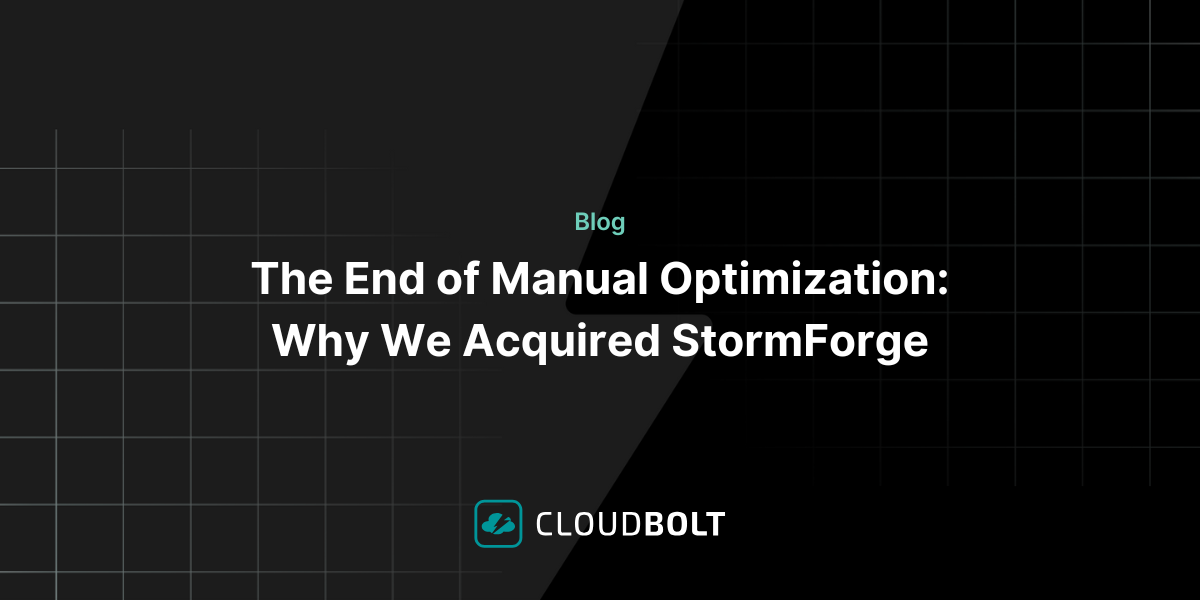Building the Foundations of Automation: The People and Processes Behind Success [Crawl Phase – Part 1 of 3]
Automation is often synonymous with technology—tools, software, and platforms that promise to streamline operations and boost efficiency. However, successful automation is more than just the tools; it’s about the people who implement it and the processes it enhances. This blog series focuses on the non-technical elements of automation—the people, processes, and principles that form the bedrock of any successful strategy.
In this first installment, we’ll explore how to lay the groundwork for automation by focusing on essential processes and principles. True automation success doesn’t start with the latest tools but with building a solid foundation that ensures your organization is ready for the journey ahead.
Assess Current Capabilities
Before diving into automation, evaluate your current processes. This is a crucial first step. Map out workflows and identify bottlenecks, inefficiencies, and repetitive tasks prone to error. Are there gaps in your current documentation? Inconsistent workflows across departments? By understanding these shortcomings, you can prioritize which processes to automate first. Building automation on a weak foundation risks compounding inefficiencies, not solving them.
Actionable Tip:
Tools like Lucidchart or Visio can help create visual representations of workflows, detailing each step, decision point, and responsible party. Once you have clarity, use these insights to shape automation goals that address inefficiencies.
After evaluating, pinpoint gaps that could prevent successful automation. These might include outdated technology, inconsistent workflows, or a lack of standardized procedures. Addressing these gaps early ensures that automation is built on solid ground.
Finally, establish clear, measurable objectives for your automation initiatives using the SMART framework (Specific, Measurable, Achievable, Relevant, Time-bound). For instance, you might aim to reduce manual data entry by 50% within six months. Having well-defined objectives provides direction and allows you to measure the success of your automation efforts.
Document and Standardize Processes
Detailed process documentation is the backbone of effective automation. Everyone involved should understand workflows, ensuring consistency across the board. Without thorough documentation, automation can lead to confusion and inefficiencies. To start, you can create process maps that detail each step in your workflows, including inputs, outputs, decision points, and responsible parties. This level of detail not only aids in automation but also helps identify any areas that need improvement before automation begins.
Actionable Tip:
Prioritize standardization if your processes are siloed or ad hoc across teams. This ensures automation is applied universally and helps keep everyone aligned.
Equally important is standardizing processes across teams. This ensures that automation efforts are consistent, regardless of who executes them. It also reduces the risk of errors and makes scaling automation across the organization easier. For example, if different departments handle customer data differently, standardizing these processes ensures that automation can be applied universally, leading to more reliable outcomes. Standardization also simplifies training and onboarding, as new employees can quickly learn the standardized processes.
Ready to Run: A Guide to Maturing Your FinOps Automation
Get the guide

Cross-Functional Collaboration
Automation initiatives often touch multiple departments, from IT to operations to finance, so it’s essential to involve representatives from all relevant teams early. This collaboration helps ensure that automation aligns with the organization’s broader objectives and has the support of all stakeholders. When departments work in silos, it’s easy for automation efforts to become fragmented or misaligned with overall business goals so encourage open communication, regular check-ins, and cross-functional teams to ensure that everyone is on the same page.
Actionable Tip:
Use tools like Asana, Slack, or Microsoft Teams to facilitate real-time communication, project tracking, and issue resolution. Regular check-ins ensure alignment and help address concerns as they arise.
Pilot Testing
Before rolling out automation across the entire organization, it’s wise to start with small-scale pilot tests. These tests allow you to identify potential issues and gather feedback before scaling up. For example, you might start by automating a single repetitive task, such as invoice processing, and then expand automation efforts based on the pilot’s success.
Actionable Tip:
You may want to run a mock scenario to simulate how the process improvements would work and identify any adjustments before fully committing resources.
After you’ve completed the small-scale testing, gather honest feedback about what worked well and what didn’t and use it to refine your processes. Iterative testing and feedback loops help optimize automation before full deployment, minimizing costly errors or disruptions during the broader rollout.
Conclusion
Building a strong foundation is the most critical step in the automation journey. By thoroughly assessing your current capabilities, documenting and standardizing processes, fostering cross-functional collaboration, and conducting pilot tests, you prepare your organization for automation success. These steps ensure that your automation efforts are built on a well-prepared foundation, minimizing risks and maximizing benefits.
In the next blog, we’ll explore the Walk phase—scaling automation with a focus on culture and change management. We’ll discuss how to create a supportive environment that embraces automation and manages the changes it brings. Stay tuned for Part 2 of this essential series on successful automation!
Related Blogs

The End of Manual Optimization: Why We Acquired StormForge
Today is a big day for CloudBolt—we’ve officially announced our acquisition of StormForge. This marks a major milestone for us…

